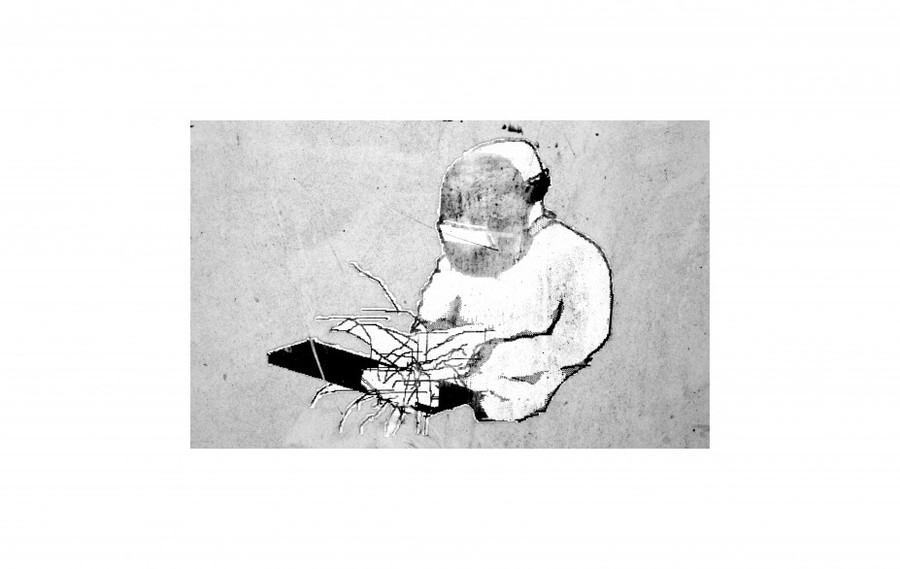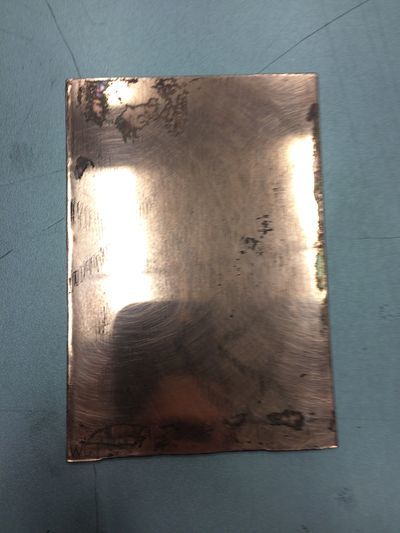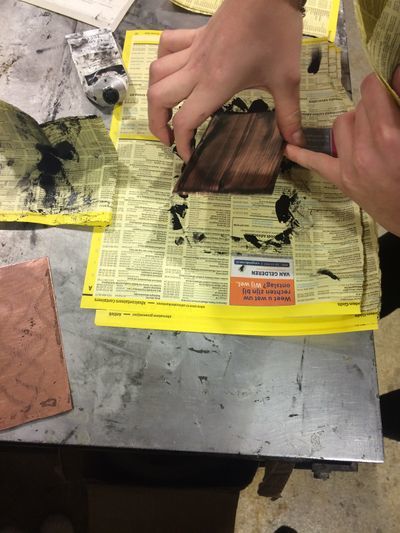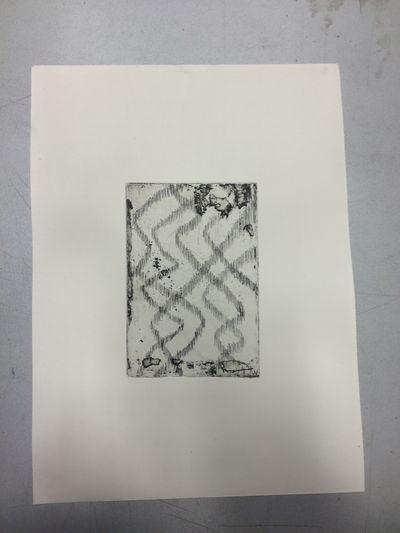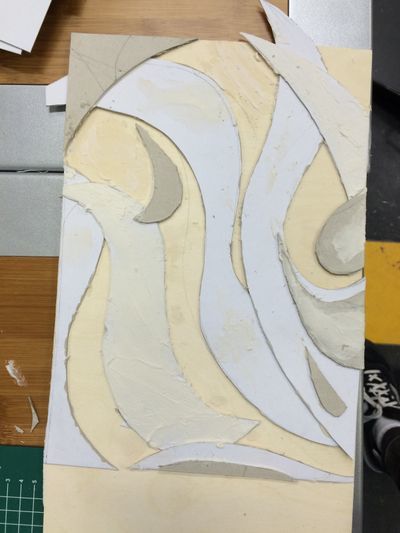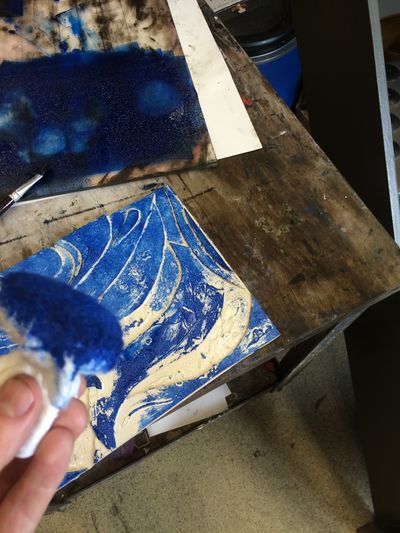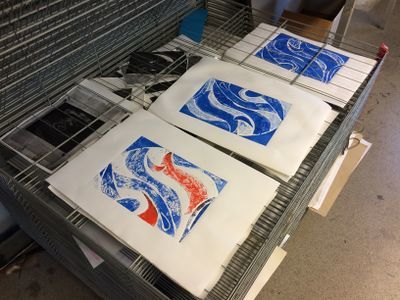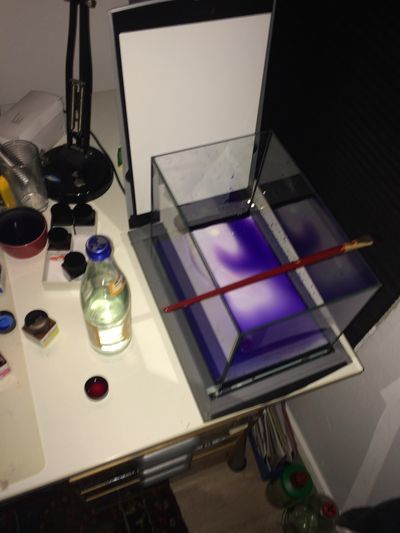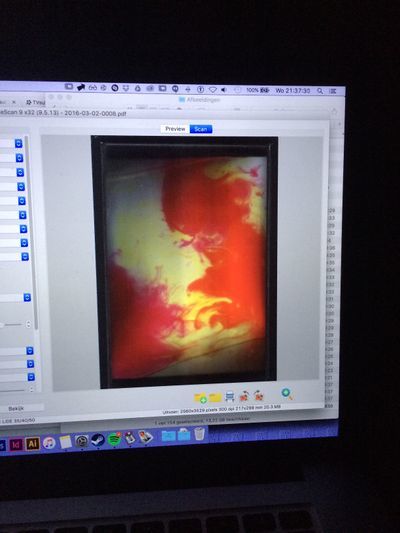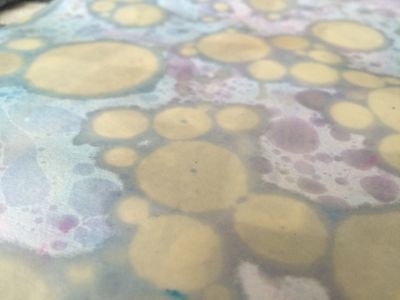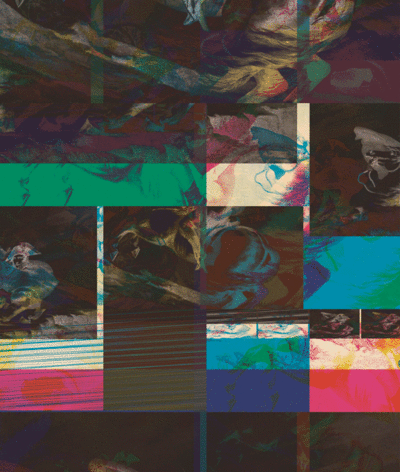Difference between revisions of "User:Jochem"
| Line 38: | Line 38: | ||
When I separated the four colors it glitched. Nobody knows why. But it created a really cool effect, so I decided to print that as well. | When I separated the four colors it glitched. Nobody knows why. But it created a really cool effect, so I decided to print that as well. | ||
| + | [[file:Napoleon-GLITCH.gif|400px]] | ||
=='''MONOPRINT'''== | =='''MONOPRINT'''== | ||
=== A technique I never did === | === A technique I never did === | ||
Revision as of 09:17, 16 April 2016
Contents
Making is Connecting
Jochem Walboomers, 0891362@hr.nl
ETCHING
first time
Etching is a very old printmaking proces. This way of printmaking takes a lot of patience, and is also very precise. You can scratch something on a copper plate and after that you put the plate in the acid. How longer it will be in the acid how darker the image will be. I did something wrong during the proces, but it created a cool effect. I damaged the wax layer on the copperplate. The acid bit through the wax. In the right corner you see where it dit go wrong. This is also my first well crafted example; 'a historical example -experiment with an traditional/older technique/tool/process'
COLLOGRAPH
cardboard gravure
The cardboard gravure is a very cheap way of printmaking. You can use every kind of material, basic material is cardboard though. You can use glue, sand, sandpaper and every kind of textures. Create a composition what you want, after that you varnish the composition. The way to ink your plate is to dapping the ink on the plate. Because I had different heights in my plate the deepest details can't be printed. It's also important the you don't put too much ink on the plate so it becomes messy.
RISOGRAPH
Ecoline scans
This technique to create prints I sort of invented myself. It's a kind of marbling, you put ink water and oil in a container and then you put the paper in it. But what I founded interesting was how the ink and oil mixed together in the bottom of the container, so I used an aquarium and a scanner to frame this movements. It came out really cool and unexpected.
Four-color CMYK
I used the colors, Mid-blue for cyan, Fluo-pink for magenta, Yellow for yellow and Black for Black. I did first the light colors, fluo-pink and yellow because I was afraid I couldn't see these colors anymore if I do first the black an mid-blue. They aren't that transparant, fluo-pink and yellow are. I used xerox printed masters because it's way easier to create a new master. It's also possible to put them in digitally, but that will always go wrong when I do it. The added value of these prints are that they feel like handmade and they have a sort of texture that you'll never get with a real CMYK print.
Glitch
When I separated the four colors it glitched. Nobody knows why. But it created a really cool effect, so I decided to print that as well.
MONOPRINT
A technique I never did
This way of printing takes also a lot of time. You can make it as difficult as you want. I used several plates and wanted to create a bigger composition. It has the feeling of a blueprint.
